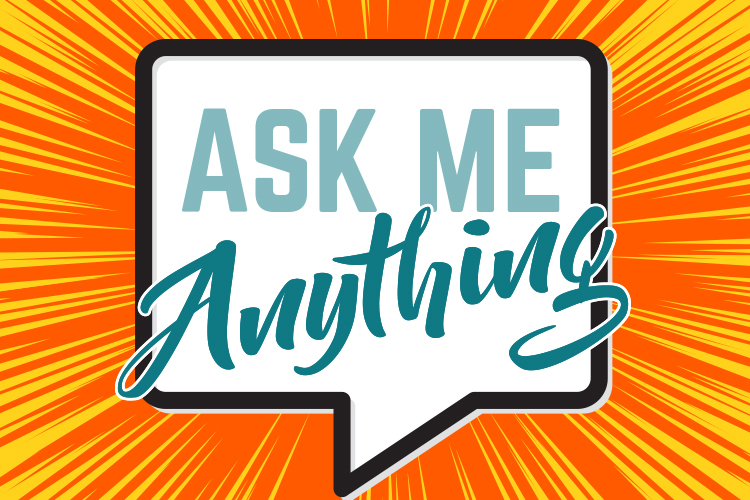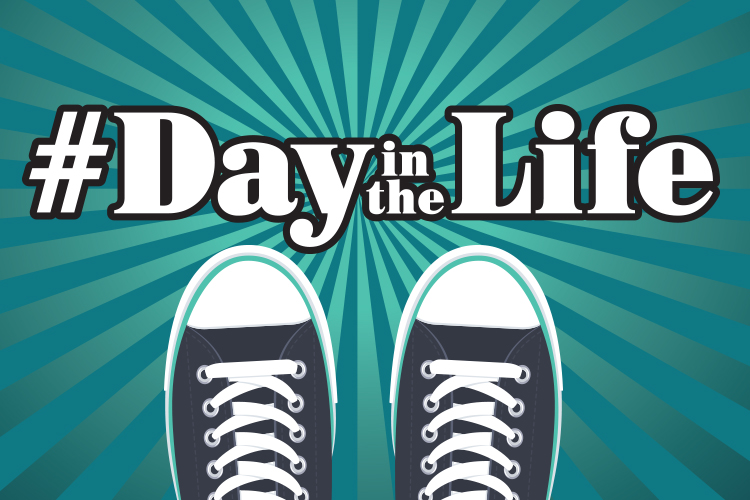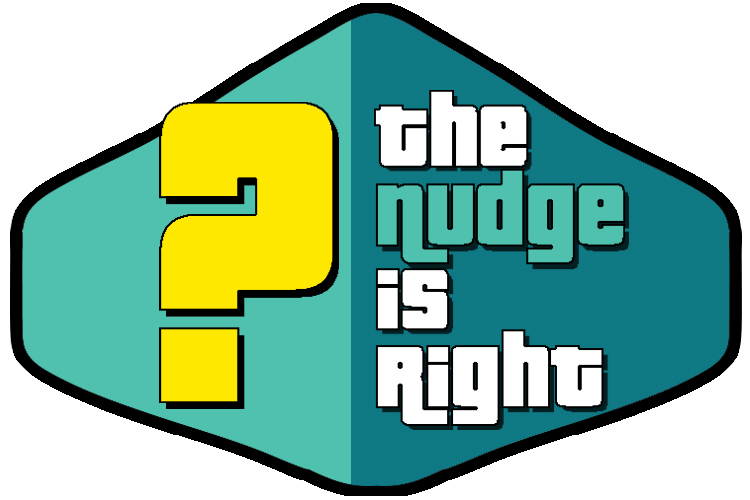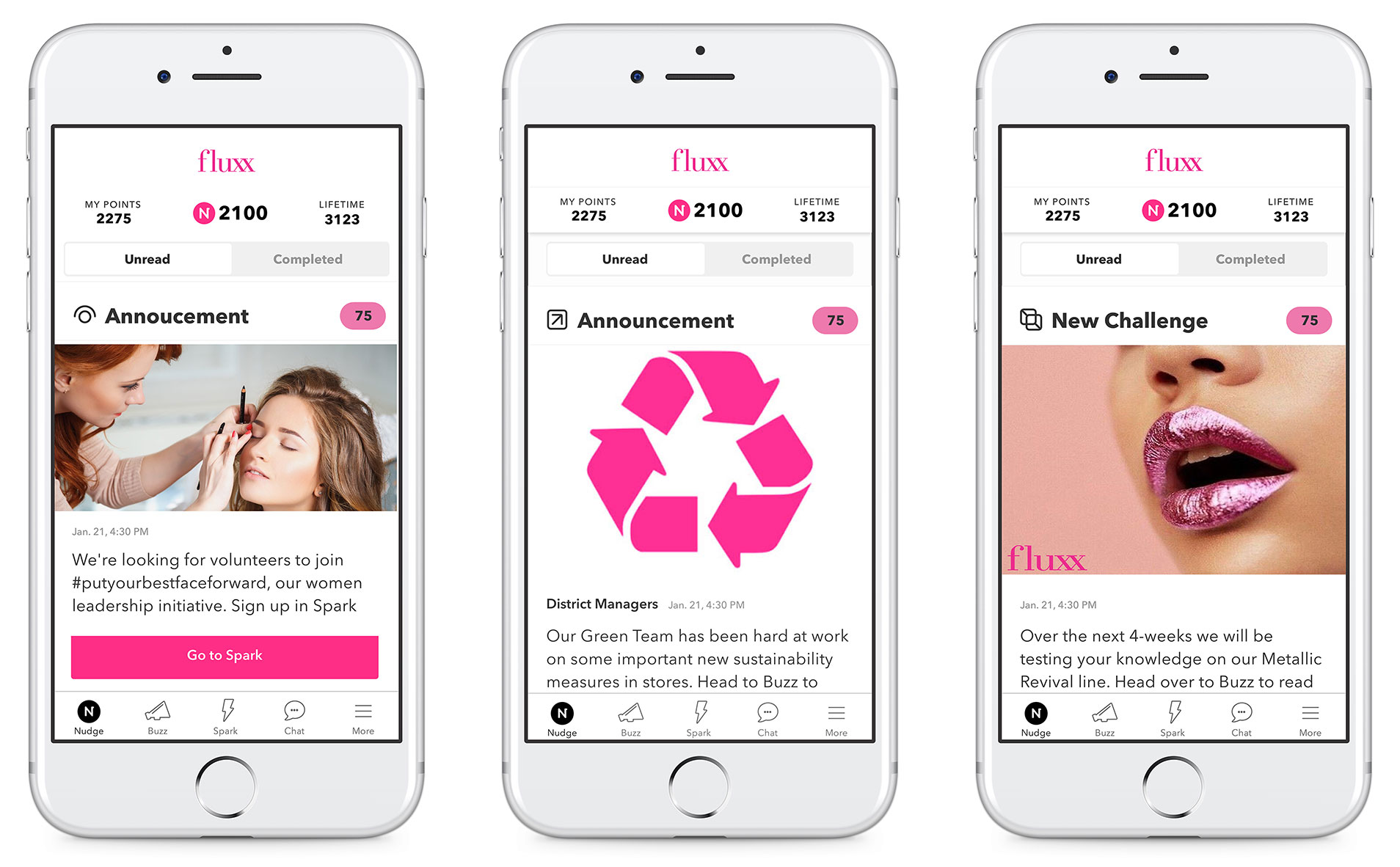It’s fair to say that the foodservice industry has covered its bases when it comes to employee safety. Almost all businesses must be registered and are required to have some level of health, safety, and compliance program, usually a part of their new hire onboarding materials. These formal programs help employees identify hazards in the workplace, eliminate the potential for injuries and illness, and help limit financial losses from injured employees. From an employee standpoint, non-slip shoes have become a basic uniform requirement, safety orientations and quizzes must be completed before employees can start service, and pledges of safety are even included in most companies’ mission statements.
But let’s be real, workplace safety isn’t the most riveting topic for employees. Workplace safety might be covered off during the first three months of onboarding, but how can you tell if that information is being retained long after onboarding is completed? And in a cafe full of demanding tables, long lines, and countless promotions to remember, it’s easy to give that safety quiz a raincheck. In this post, we break down some of the most common mistakes foodservice companies are making and how our mobile solution can give your employees an advantage when it comes to retaining and drawing on that critical knowledge.
Safety isn’t the same across all roles
Generalizing workplace safety is the perfect recipe for an unprepared employee. Safety means something different for front of house employees than it does for back of house employees. A cashier is likely to be a master at keeping the cafe spotless, while a chef is a master at proper food storage. With multiple roles and responsibilities, employees become a safety expert of their own station and forget the safety standards (and potential hazards) of other workplace areas.
The solution? Targeted Nudges
Targeted Nudges are a great way to broaden employees’ existing knowledge base. A quick digestible Nudge around back of house safety best practice can go a long way for a front of house employee who finds themselves in an unsafe situation.
Your guests should feel safe, too
Guests can hear, taste and smell when the cafe’s standards are lacking. Driving a culture of safety is not only important for your associates, but for your guests as well. Often times, employees are prepared to keep their workplace safe but forget about the guest’s safety. An excellent safety culture equals great customer service, but creating a culture of safety is tricky.
The solution? Learn from your top performers.
Use Spark to understand which locations have a reputable safety culture in your organization. Gather the best tips and tricks from them and circulate to locations that perhaps need a safety culture boost.
Accidents don’t always happen in the backroom
Backroom bulletin boards can get crowded with marketing materials and schedules which means important safety numbers or corporate hotlines for emergencies can get lost. An employee can find themselves in an unsafe predicament, and without those numbers memorized they might feel helpless.
The solution? A Safety Buzz List.
Buzz lists are helpful for keeping important information top of mind. Use Buzz to host critical safety phone numbers so employees have them at their fingertips, no matter what comes their way.
Speaking up is hard
Managers have a lot on their plate and historically, it’s been their job to intervene when they see an employee behaving unsafe, leaving their staff disempowered to speak up when they see similar behavior. But when a Manager isn’t around and employees feel as though they can’t speak up, how can companies maintain a thriving culture of safety?
The solution? Empower employees with peer learning
Hand over the mic to employees and ask them how they would handle an unsafe workplace situation. Asking for their feedback through Spark proves you value their ideas, which ultimately builds up a strong safety culture.
It’s difficult for Managers to understand safety ROI
More often than not, Managers are prioritizing bundling initiatives or seasonal marketing promotions over fostering a culture of safety with their staff. The safety ROI is a bit more complex than the up-sell of a meal. And while keeping up with these initiatives is just as important, safety best practices can be overlooked and forgotten.
The solution? Sprinkle safety Nudges in your Nudge campaign.
Take some of the burdens off your Managers by sprinkling in safety Nudges during your next campaign. One safety Nudge a week as a simple reminder can go a long way, while also offloading some of the pressures Managers may feel when it comes to communicating safety.
This post is by Julia from our Customer Success team. Julia works with some of our largest foodservice clients and helps design employee programs that reinforce the most important company goals, while inspiring and engaging associates to deliver on the brand promise.









